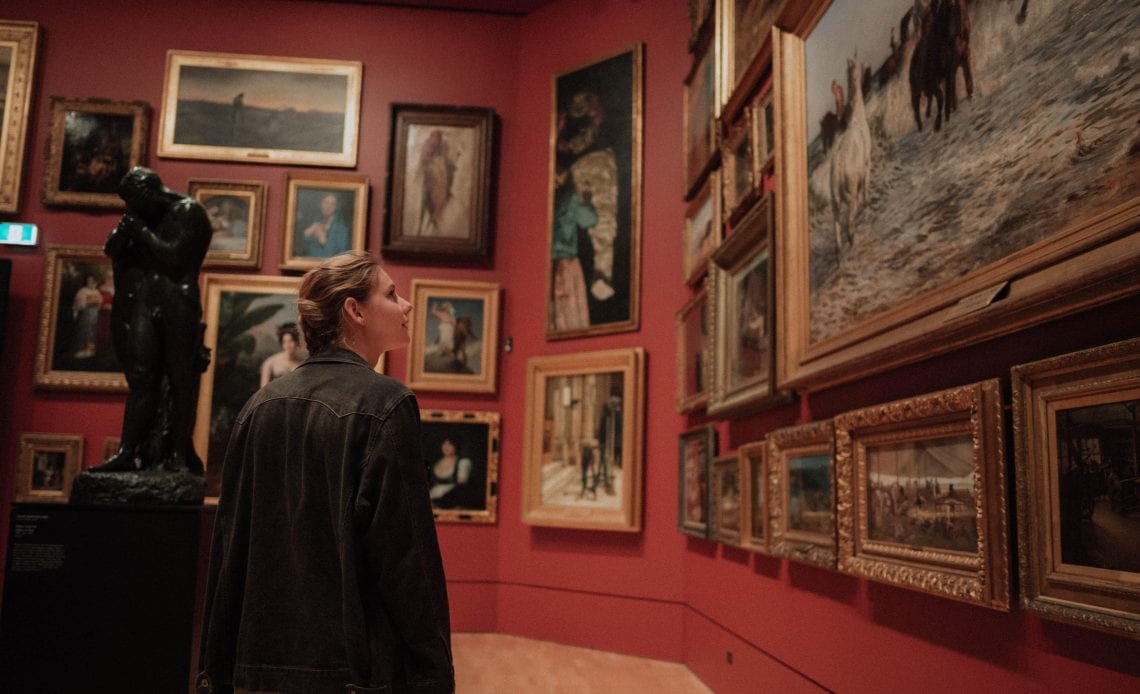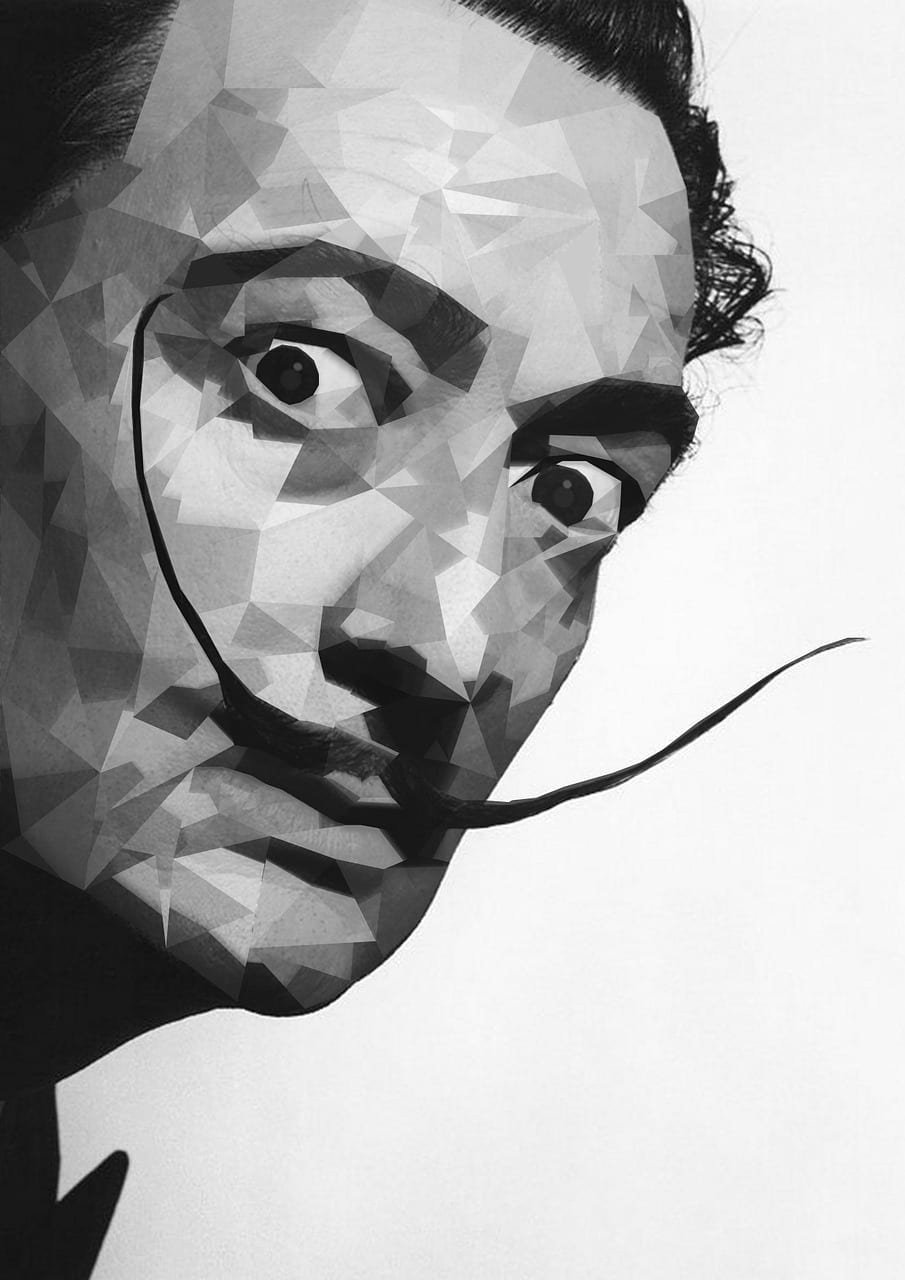
If you are artistic or interested in knowing more about influential artworks, then you may have heard of Edgar Degas. The Art and painting world have shown the world new ways of creativity, imagination and thought. We know of multiple famous painters known for their specific styles and works. Hilaire Germain Degas, known as Edgar Degas, is one such artist. Born in Paris in 1834, Degas was part of a family of artists. Music and art were essential parts of his upbringing. At the age of 18, Degas even replicated many famous Rembrandt paintings. He left studies in Paris to go to Italy and learn more about painting while exploring the new places. He further painted the copies of artists like Leonardo da Vinci, Michelangelo, who also inspired his own style of painting. Later, Degas spoke of how his painting is hardly spontaneous, as he studied masters and painted deliberately.
While he is considered as a pioneer of Impressionism, he rejected the notion himself. Degas is famous for his paintings of movement. He would often paint dancers, race horses and nudist paintings of women. Most of the paintings depicting dancers would be of ballerinas, rehearsing or dancing on stage. Degas’s paintings have been widely appreciated for craftsmanship, but criticisms and appreciations were almost equal during his lifetime.
Degas passed away in Paris at the age of 83.
Here are five famous paintings of Degas –
1) The Ballet Class (La Classe de Danse)

Edgar Degas painted this famous painting of dancers taking a ballet class from the ballet master, Jules Perrot. Perrot and Degas were good friends. Edgar Degas would often come to his ballet classes, which were well known as Perrot was a famous ballet master. Degas painted the scene showing different aged students in the room, with some practicing dance moves. A few are onlookers, near the viewpoint of the painting, while on the opposite corner, a parent can be seen looking on. This painting shows The Paris Opera, which had burned down around the same time.
This title is sometimes called The Ballet Class II, as Degas had painted another painting with the same name for a commission. Degas planned to abandon this painting at certain points, however completed it. He completed the painting between the years 1871 and 1874. It has become one of the most famous paintings which depict the well known Edgar Degas style. Degas was riveted by the rehearsals. The tired dancers who would practice postures, adjust their hair, shoes, stockings while working repetitively. Such sights intrigued the observant painter, who wished to bring to life such movement based imagery through his paintings. The original painting now hangs in The Metropolitan Museum of Art, New York.
2) Place de La Concorde, also known as Viscount Lepic and his Daughters Crossing the Place de la Concorde

Edgar Degas is a true artist, primarily because he not only dabbled in painting, but studies art in its variety of forms. This included the art of photography. He often clicked self-portraits of himself. The painting is well studied by critics and art connoisseurs for its style, which is similar to elements in photography. This painting depicts the popular place, Place de la Concorde, in Paris. Degas painted it in the year 1875. The painting shows the Tuileries Gardens in the backdrop. The painting uses negative spacing and cropping, seen in photos, to depict the moment. Lepic’s placement is such that the cap hides the famous statue at Place de la Concorde.
The painting was thought lost for forty years after the Second World War. However, it is now in Hermitage Museum, Russia, after it was reinstalled by Russian authorities.
The painting depicts Viscount Lepic, smoking a cigar, and his children. He was a famous French architect and artist, and one of the most well known patrons at that time. Edgar Degas and Lepic were close friends.
Degas painted another painting of Lepic and his daughters, however, due to the art and political history of this painting, it is one of Degas’ most well known works.
3) The Bellelli Family (La Famille Bellelli), also known as Family Portrait.

Edgar Degas, as mentioned previously, spent a lot of his formative years as a painter in Italy. He stayed with his father’s sister and her family in Italy. She had married the Baron named Bellelli, and had two children. The painting is one of Edgar Degas’ earliest works, and considered as one of his first masterpieces. Additionally, the realist painting is well known for the emotions it displays.
Critics often review the painting for the symbolism it carries, with the Baron sitting at a business desk, connecting him to the outside world, and sitting apart. It depicts the detachment which Degas probably witnessed during the years he stayed with his aunt and their family. Baron Bellelli sits with his back to the painting, while his aunt stands to the left with her children on either side. The painting portrays the emotional distance and domestic issues which the family allegedly were facing.
The aunt is seen wearing black clothes as she was mourning the death of her father, Degas’ grandfather, whose portrait is also seen in the backdrop. Strains within the family can be seen through the painting, and Degas accurately reveals the situation of the household through his art. It was confirmed later by historians that there were marital troubles, with the Baron being dishonest and disagreeable in nature. The aunt would miss her family, and reveal this to Degas.
Degas worked on the painting for a long time. He used many early sketching initially, and worked on the piece with advice from his father. Later, in 1858, he returned to Paris from Florence and continued to work on the painting for several years. The painting was begun and finished between the years 1858-1867, which was nearly a decade. The painting is currently displayed in the Musee d’Orsay, in Paris.
4) A Cotton Office in New Orleans, also known as Interior of an Office of Cotton Buyers in New Orleans

Edgar Degas completed this painting in the year 1873. The painting is popular as Degas was the only French Impressionist painter, who happened to go to the United States of America and paint the scenarios at the time. This painting, also known as Portraits in an Office (New Orleans), is a scene of an office owned by his maternal uncle, who ran a cotton firm. The painting shows the uncle, Musson, Degas’s two brothers, and other workers at the office. The center of the table has lots of cotton in its raw form. His brother reads the newspaper, while the uncle is sitting facing the viewpoint of the painter, examining the cotton.
Art historians have analyzed the painting to reveal the form in which Degas has shown the life cycle of cotton. Cotton can be seen on the table, while the men work with some threads, and wear cotton clothes. The painting is significant in Degas’ life, as it helped him transition from a struggling artist to being a well known and admired painter. He displayed the painting at an Impressionist exhibition along with his painter colleagues, likes Manet. Degas was facing many financial and personal setbacks, as did the cotton firm, which soon had to be shut. However, the painting became one of the most talked about and received a positive reception in the exhibition. This helped Degas’ reputation among artistic circles. The painting is currently displayed in the Musée des beaux arts de Pau, in Pau, France.
5) The Absinthe Drinker (L’Absinthe), also known as The Glass of Absinthe

The painting was originally titled ‘Dans un Cafe’, meaning In a Cafe. Degas’ painting shows a man and a woman in a public café, drinking a glass of absinthe. It is widely known as one of the masterpieces of the century. Yet, it was considered ‘ugly’ and not a good painting at the time. The woman was an actress who was also painted by Manet. She has a forlorn expression. There were multiple critics of the painting due to the expression, many being misogynistic as well in their description of the woman. However, in retrospect, it is considered a Degas masterpiece, which depicts the uniqueness of the painter in his quality of expression.
The setting, called Café de la Nouvelle-Athènes in Paris, was supposedly Degas’ favorite. It was painted between the years 1875 and 1876. Absinthe is still culturally represented as a mysterious, mind altering drink. Many critics have also pointed out that the expression could perhaps have a moral undertone, a warning to the public against the drink. There are multiple perspectives on the painting due to the woman’s expression, and many theories around what it means. The painting is currently displayed in the Musee d’Orsay, in Paris. It is one of the permanent paintings of the museum.

